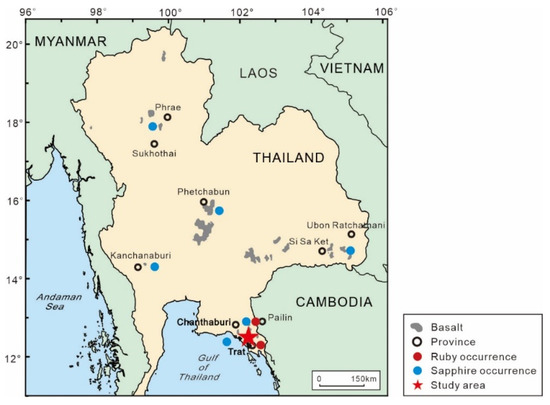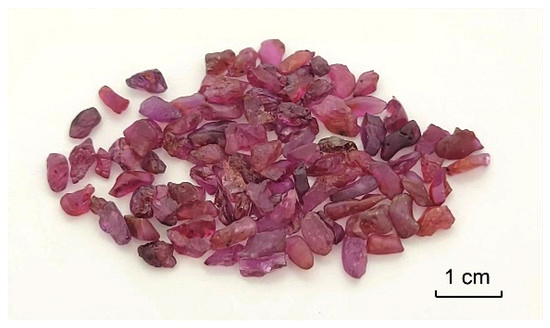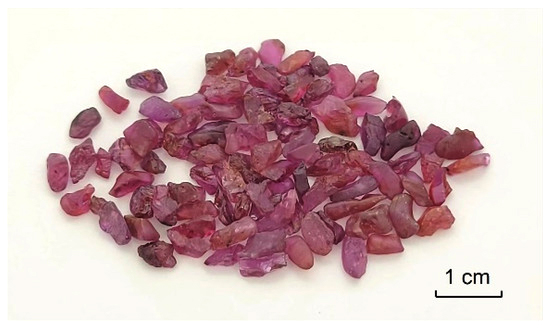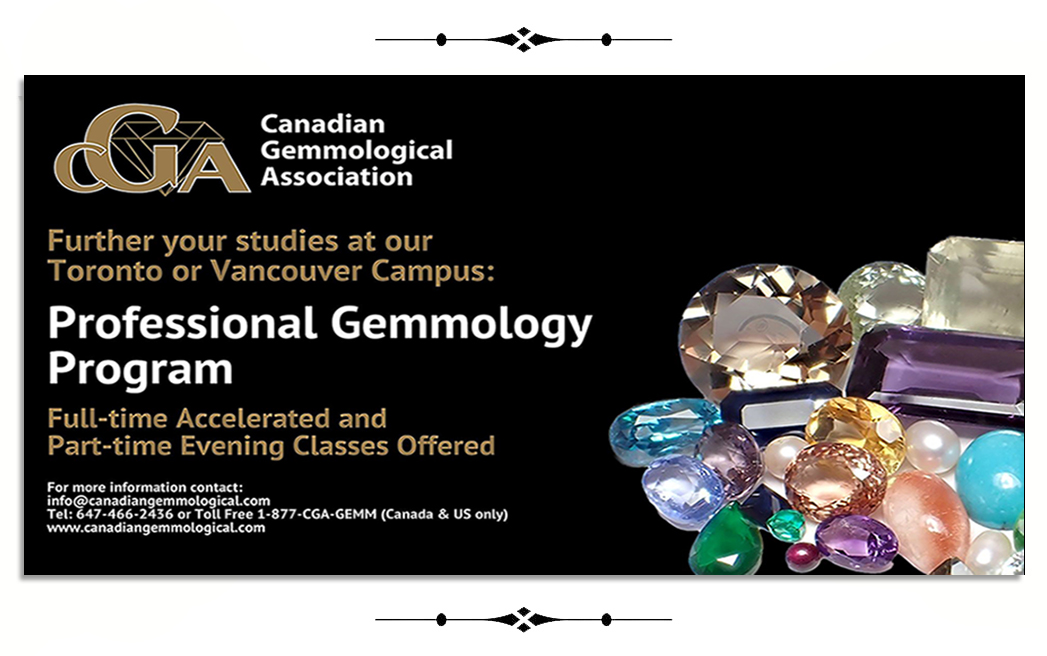Gemological and Chemical Composition Characteristics of Basalt-Related Rubies from Chanthaburi-Trat, Thailand
For the Labs: On Rubies from Thailand
by Enqi Li 1 and Bo Xu 1,2,3,*
1 School of Gemology, China University of Geosciences Beijing, Beijing 100083, China
2 State Key Laboratory of Geological Processes and Mineral Resources, China University of Geosciences, Beijing 100083, China
3 The Beijing SHRIMP Center, Chinese Academy of Geological Sciences, Beijing 100037, China
(This article belongs to the Special Issue The Progress of In-Situ Study of Mineralogy and Gemmology)

Abstract
The geographic origin determination of ruby is increasingly important in the gem trade and geological research. Unlike metamorphic-related ruby, the rarer basalt-related ruby has gained significant attention, especially from Thailand, a major producer of such gems. Thai rubies are classified as magmatic-related origin rubies, which can be found as xenocrysts (xenoliths) hosted by alkali basalts. This paper focuses on the gemological characteristics, inclusion morphology, identification, and geochemistry of basalt-hosted ruby from the Chanthaburi-Trat area in Thailand. Various instruments, including gemological conventional ones, Raman Spectrometer, EPMA, and LA-ICP-MS were used for the analysis. This study aimed to identify the distinctive characteristics of rubies from Thailand and find feasible methods for their geographic origin determination, in comparison with rubies from Cambodia, Myanmar, and Mozambique.
Thailand samples exhibit diverse inclusion scenes and contain a variety of crystal or mineral inclusions. Raman spectroscopy results indicate the presence of anorthite, titanium oxide, and gypsum inclusions. The main chemical composition of the ruby consists of Al2O3, with trace elements including Fe, Cr, Si, Mg, Ti, Ga, V, Ca, and Ni. The color of Thailand ruby is correlated with the content of Cr and Fe. Chemical diagrams illustrating the contents of Fe, Mg, Cr, V, Ti, and Ga offer reasonable discrimination tools for differentiating rubies from various deposit types. The chemical compositions and inclusion characteristics of rubies from Thailand serve as reliable indicators for their origin identification. This study is an advantageous supplement to the research on Thailand rubies. follow for more Roskingemnewsreport

Tap here for the complete research paper.













